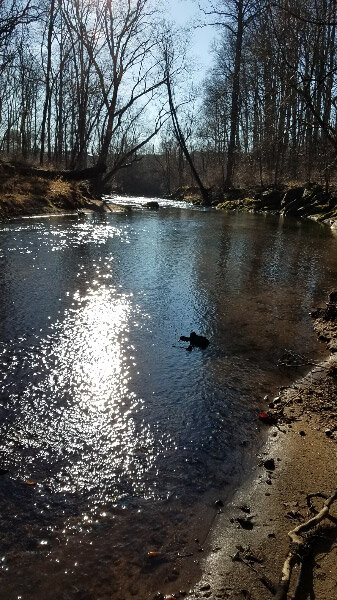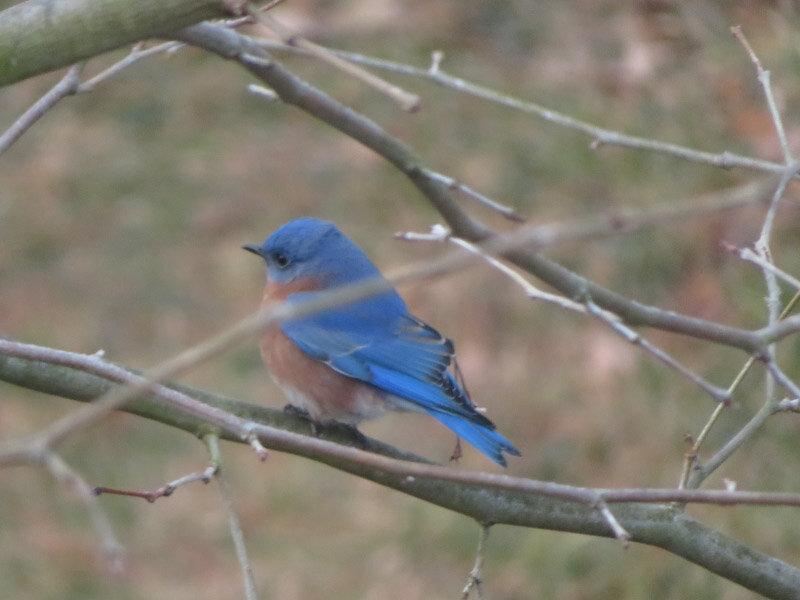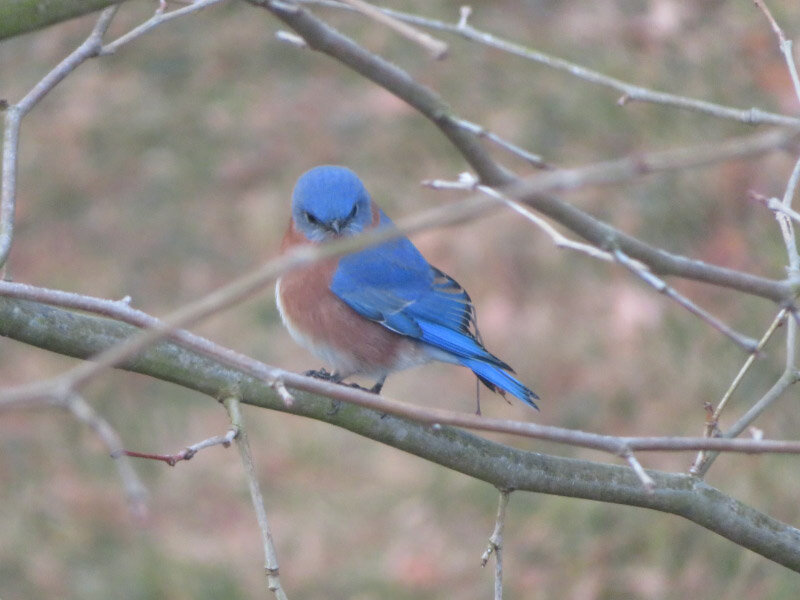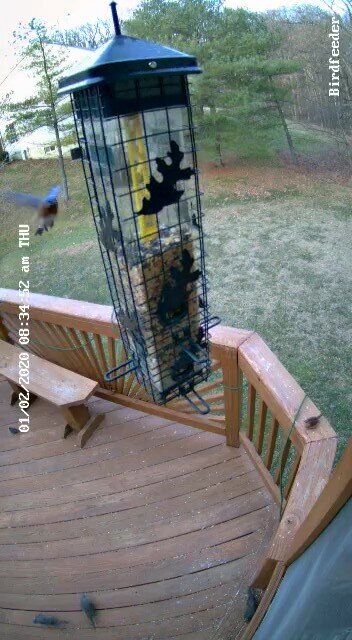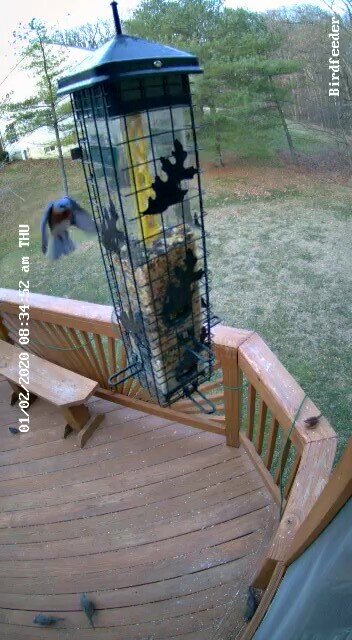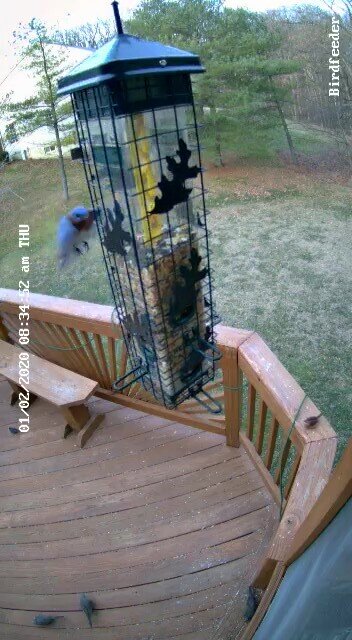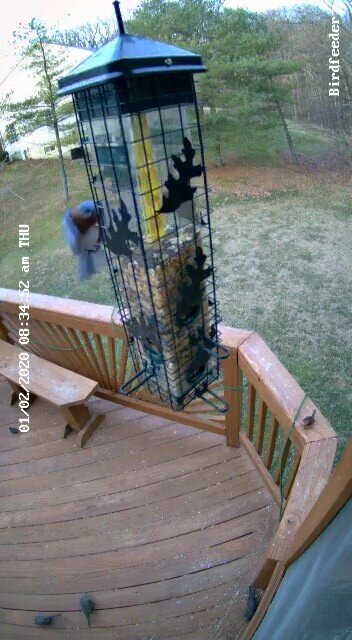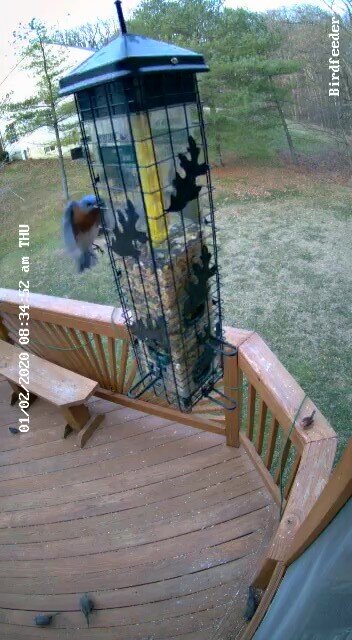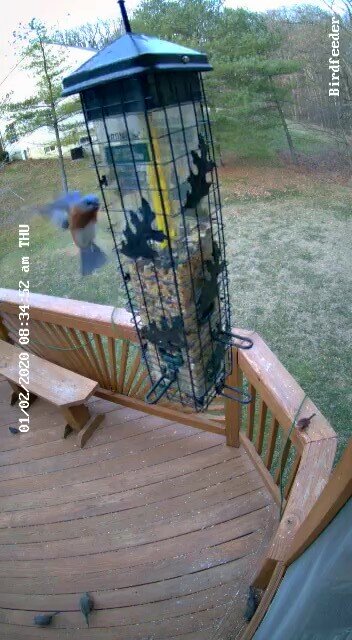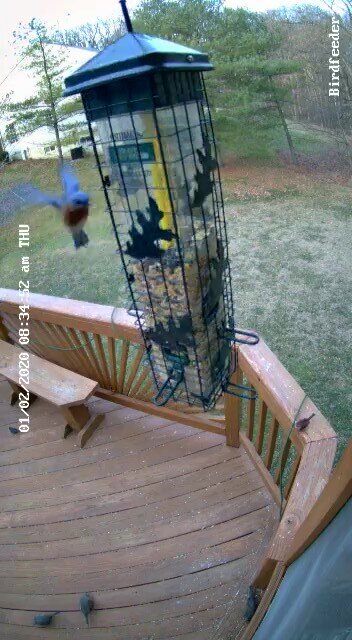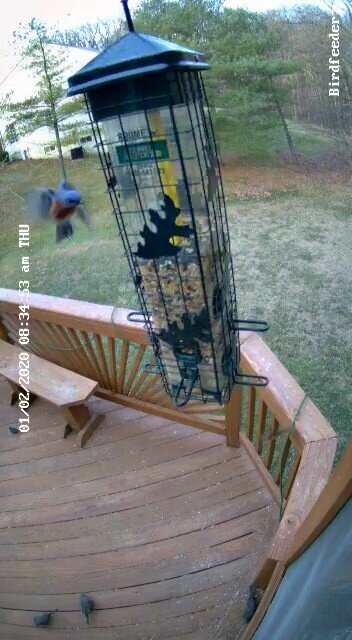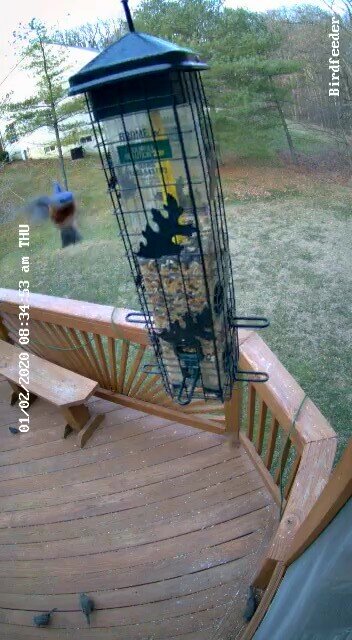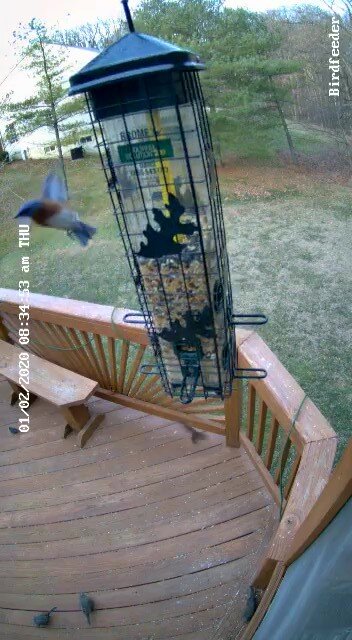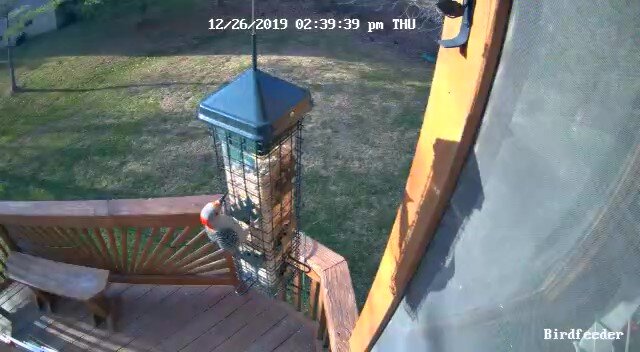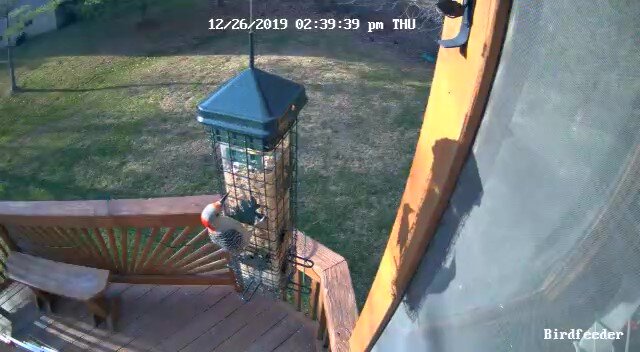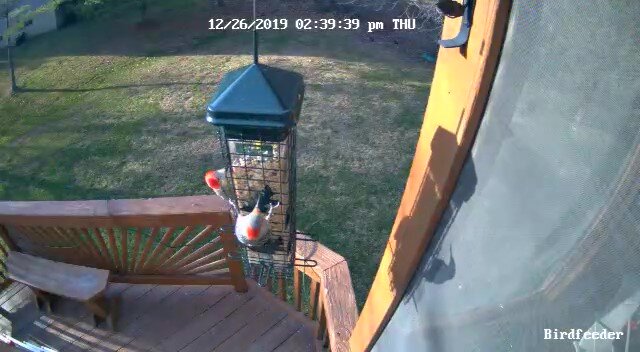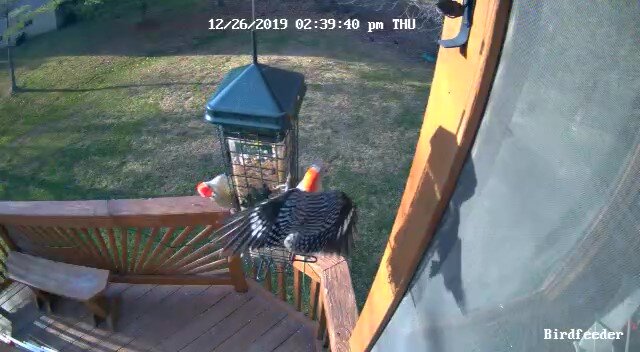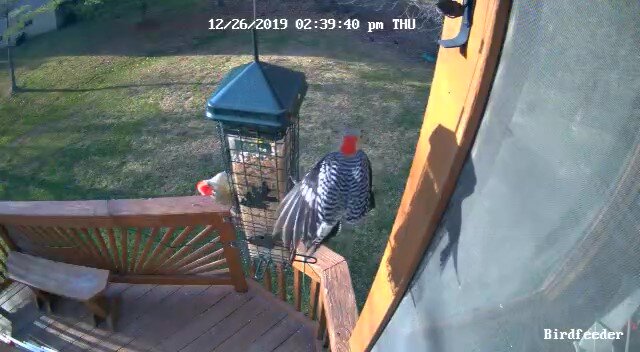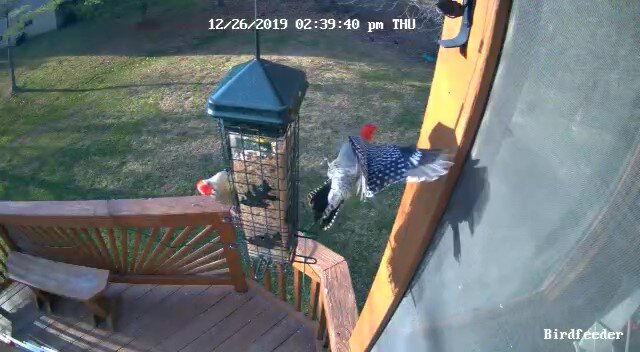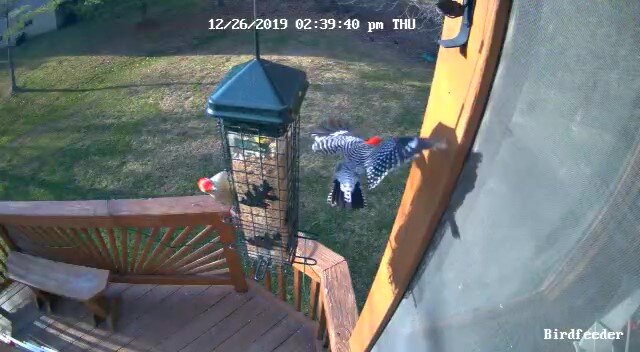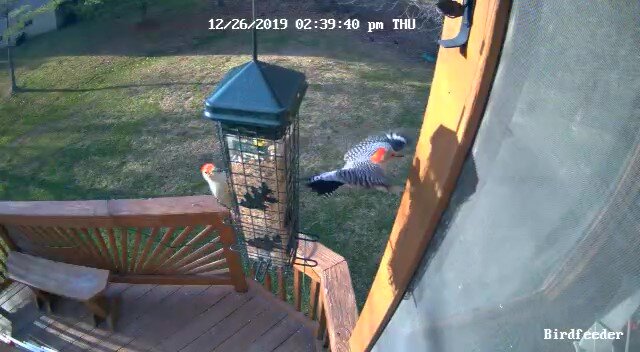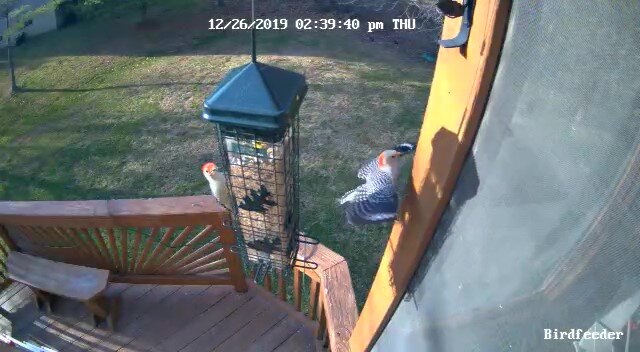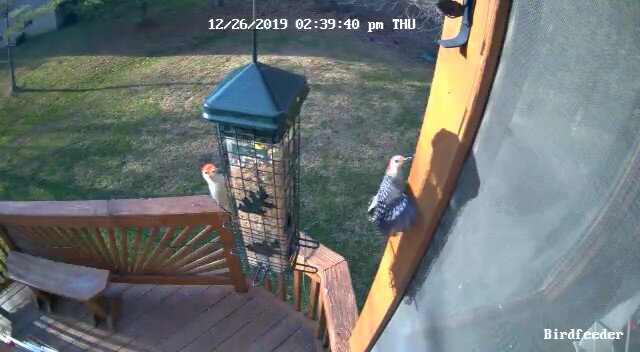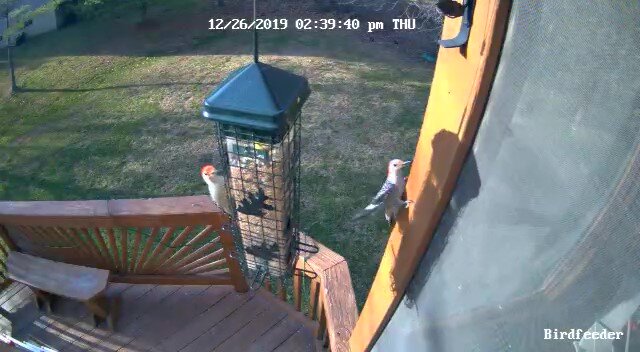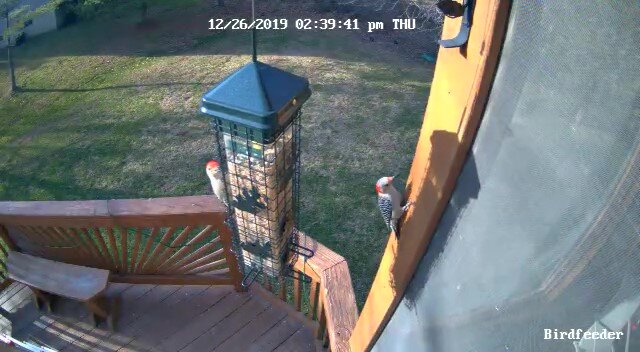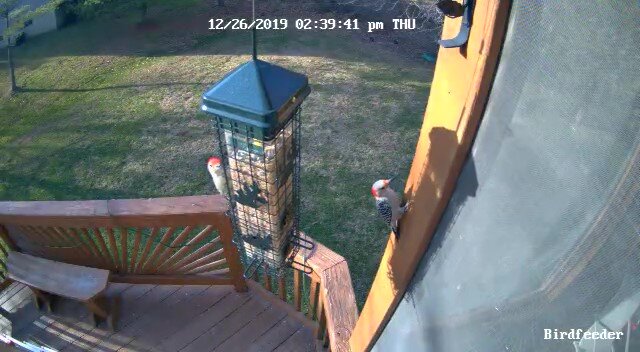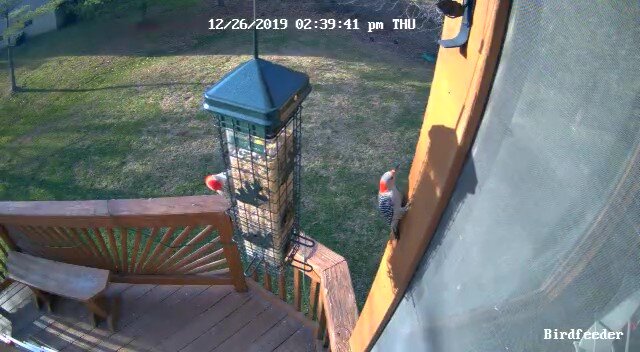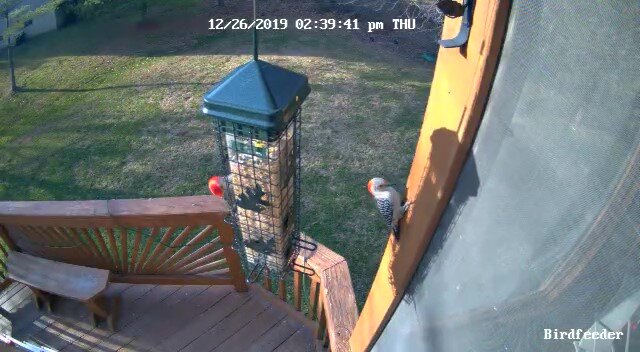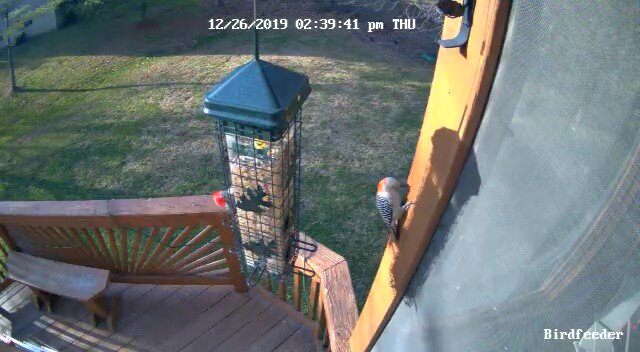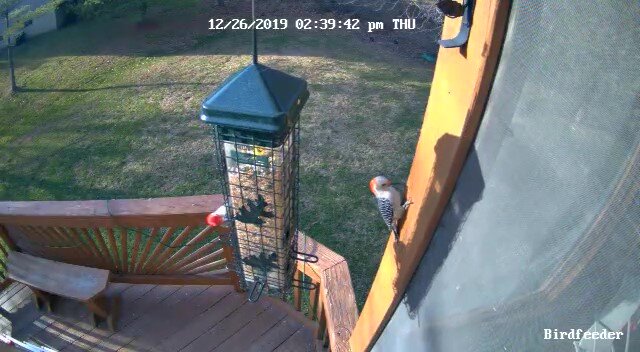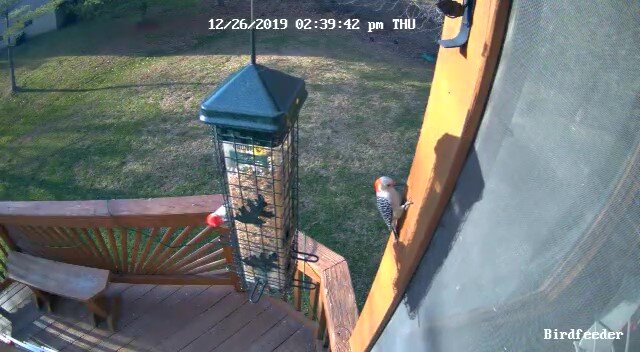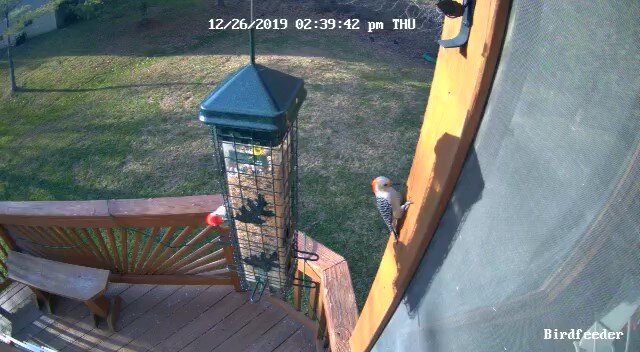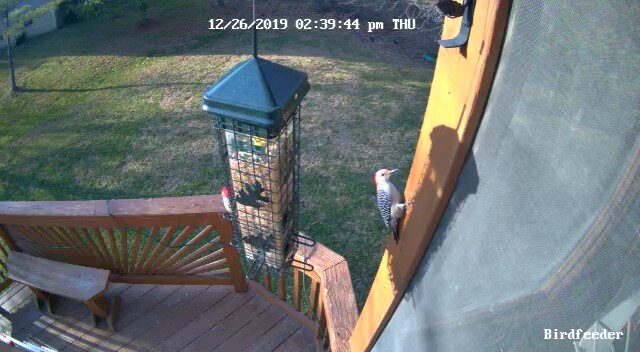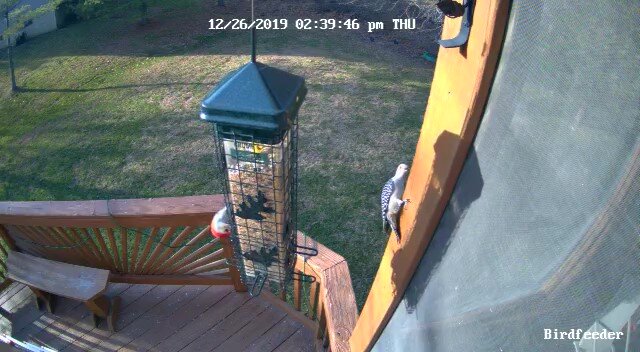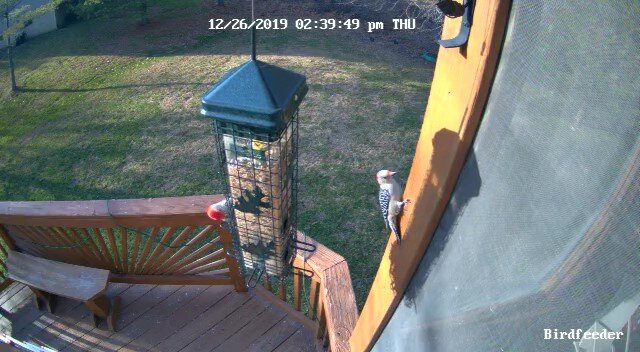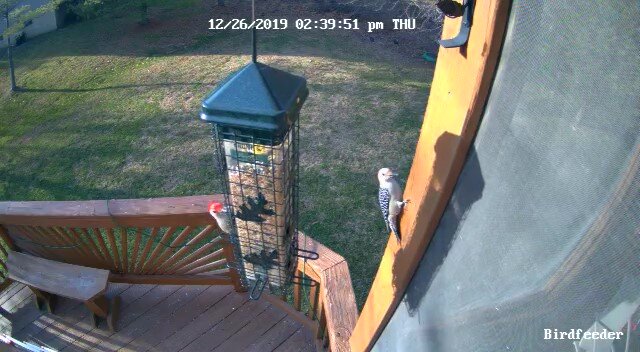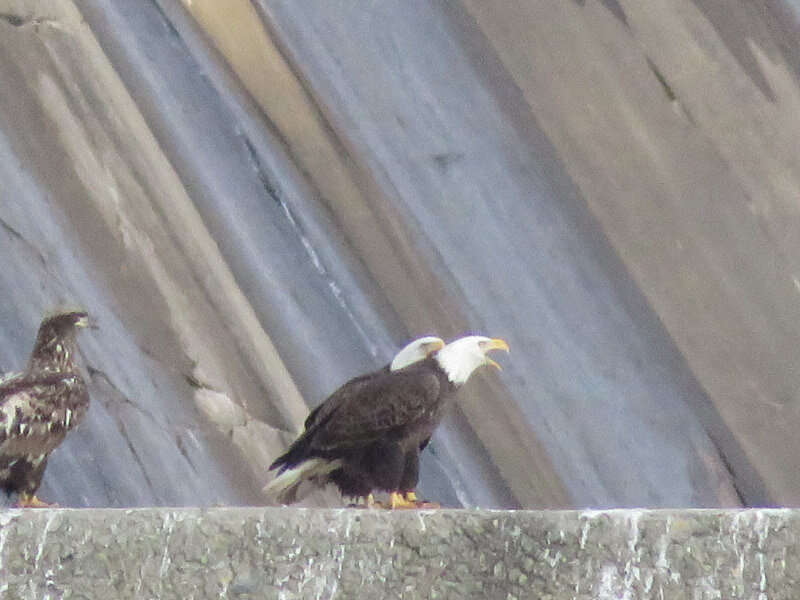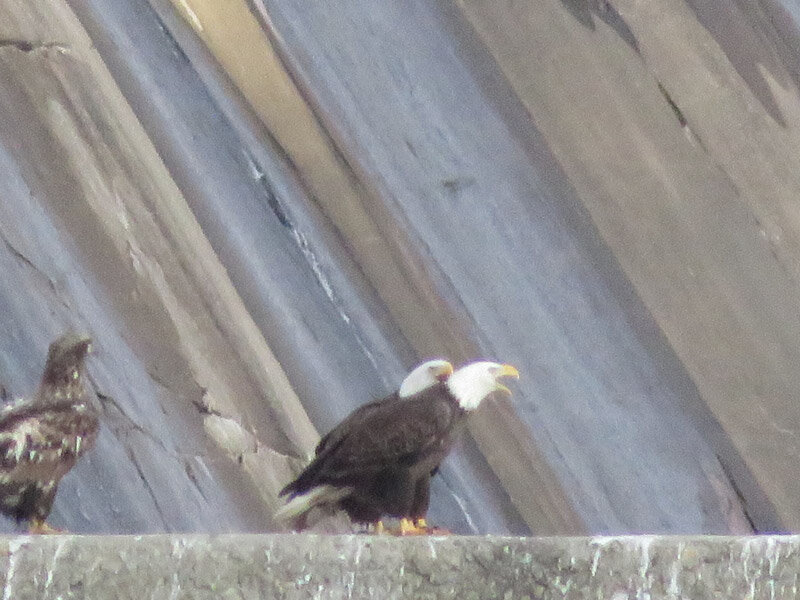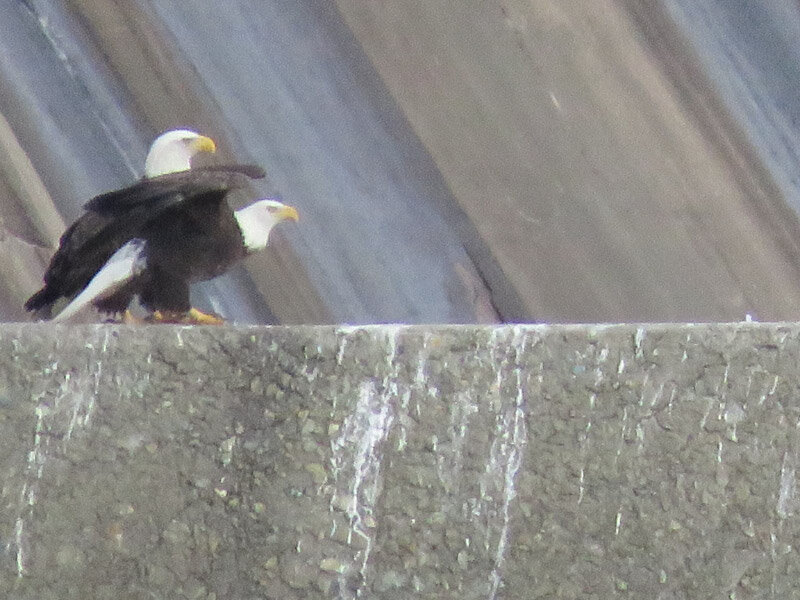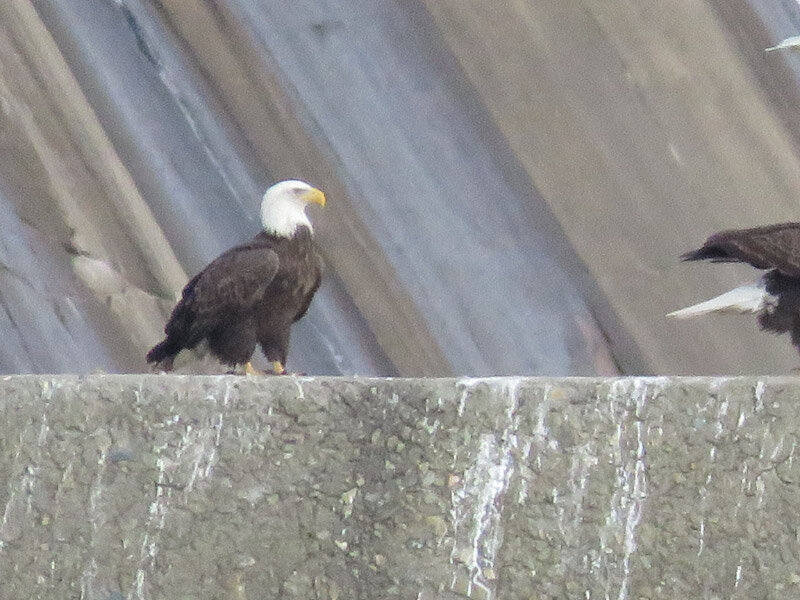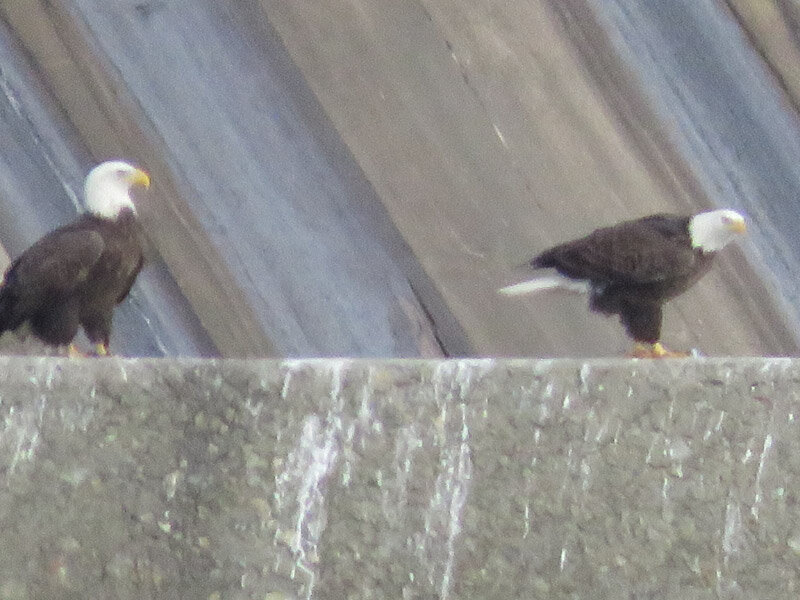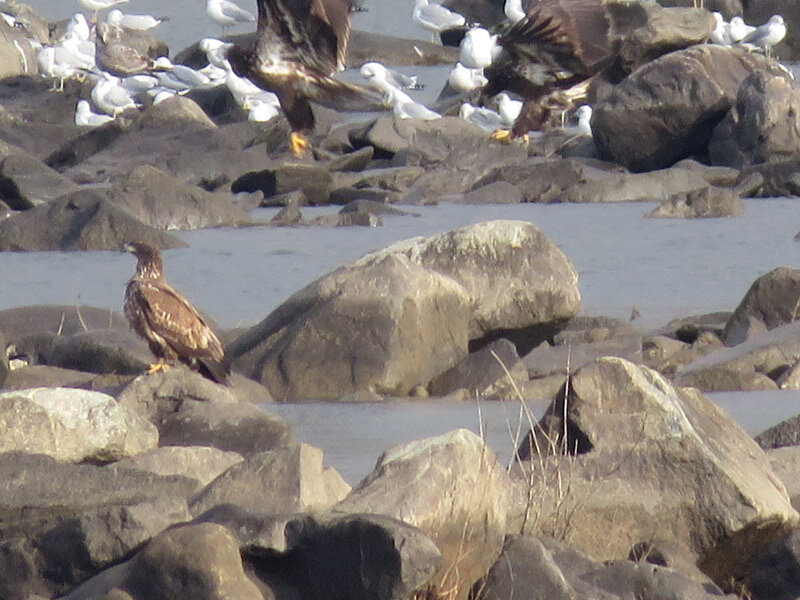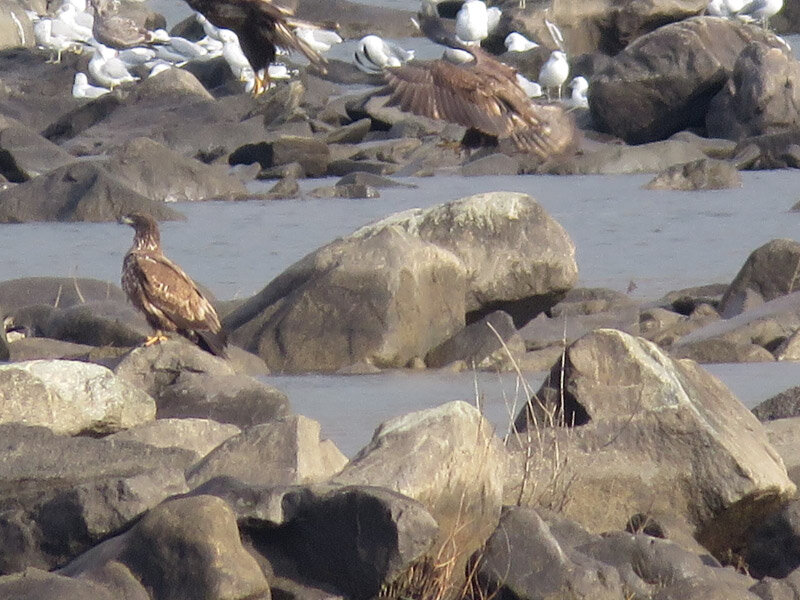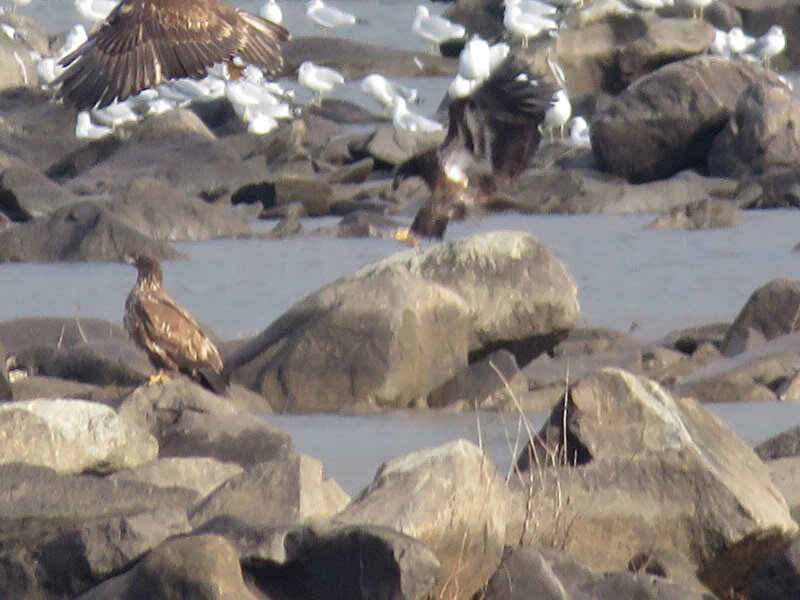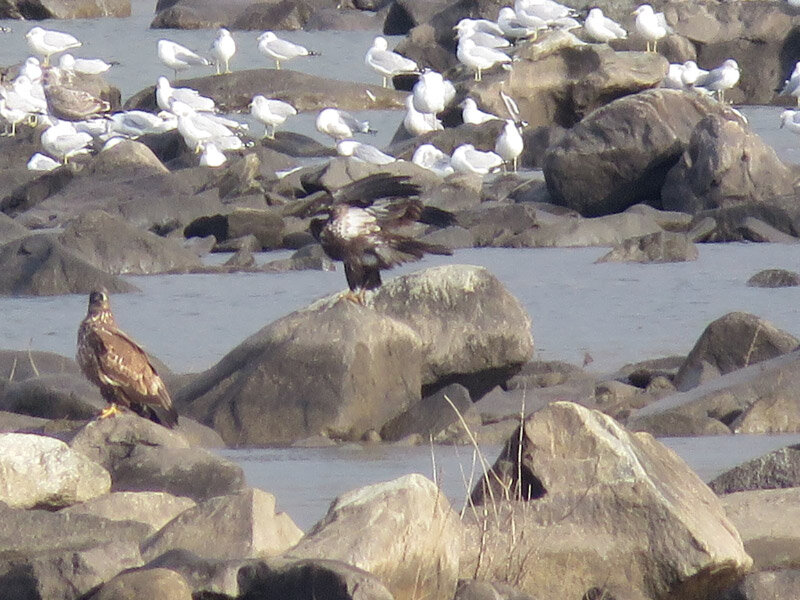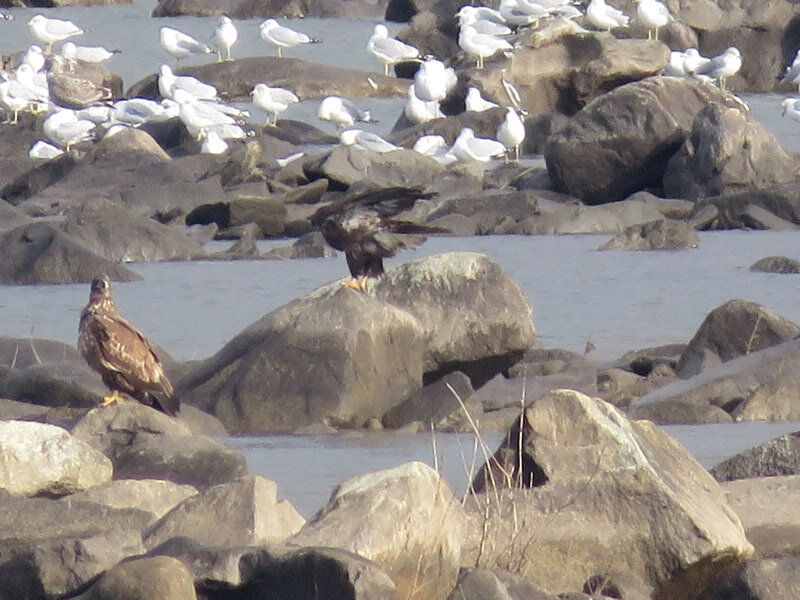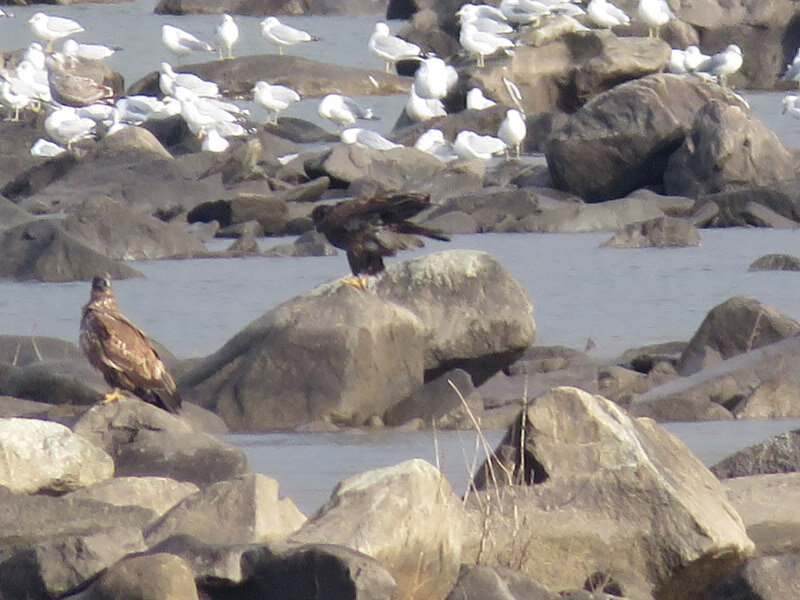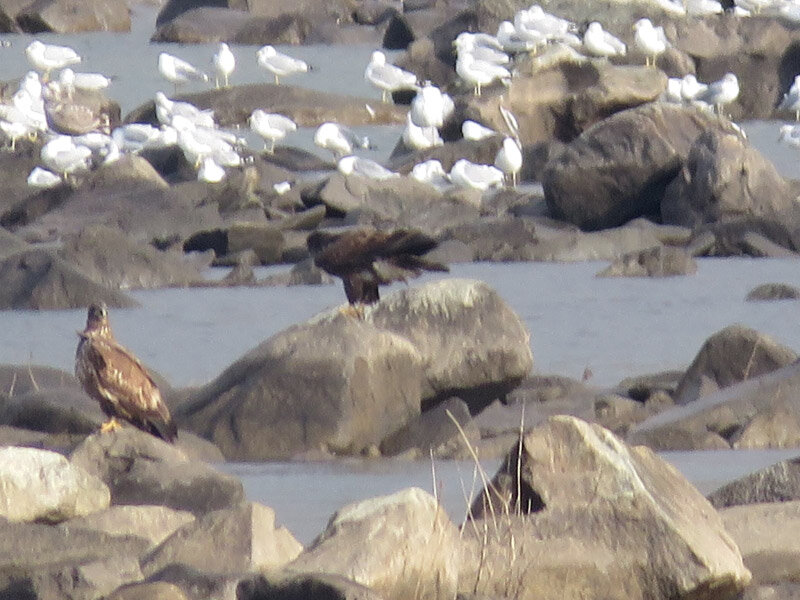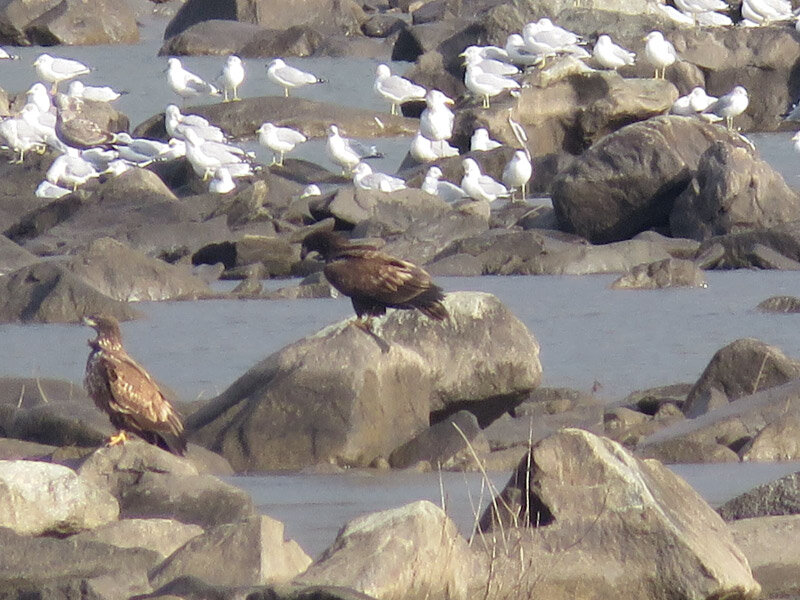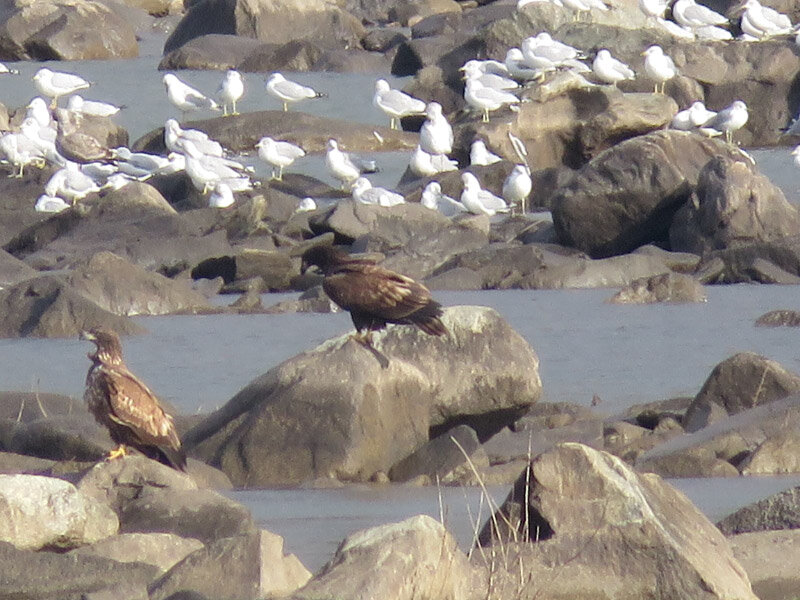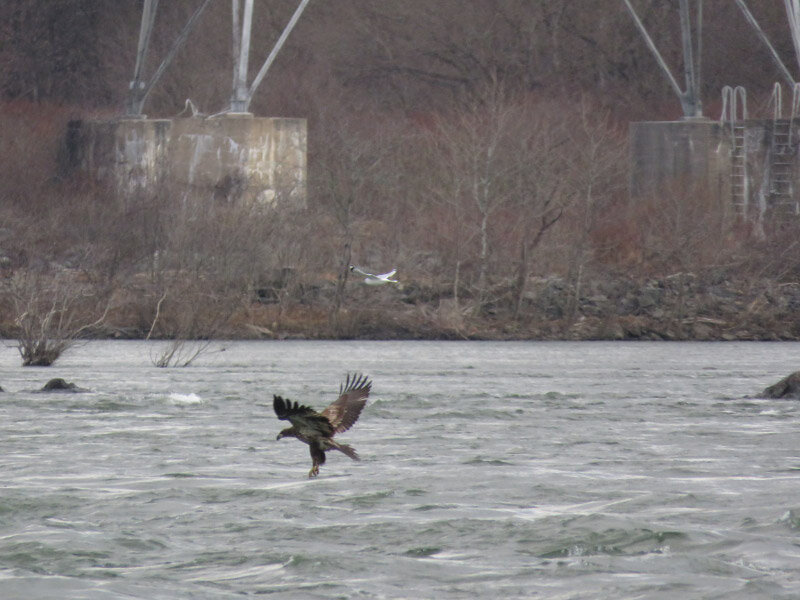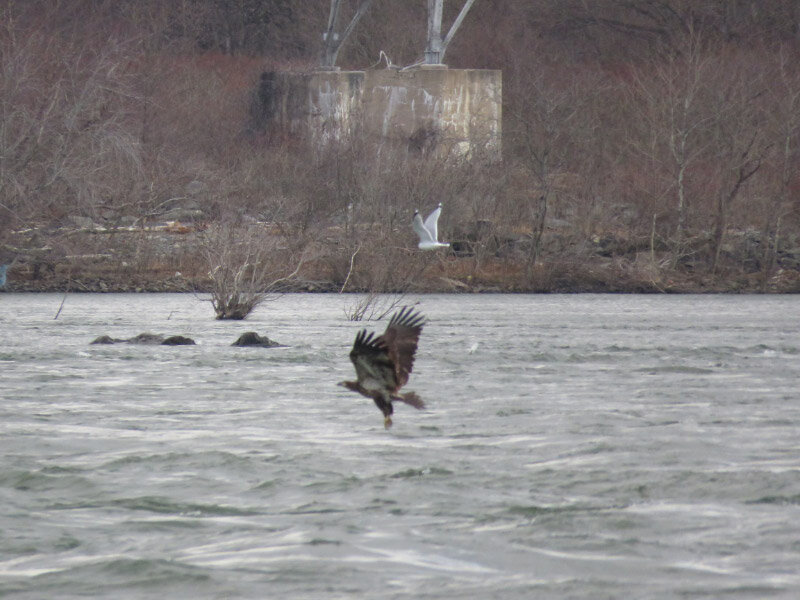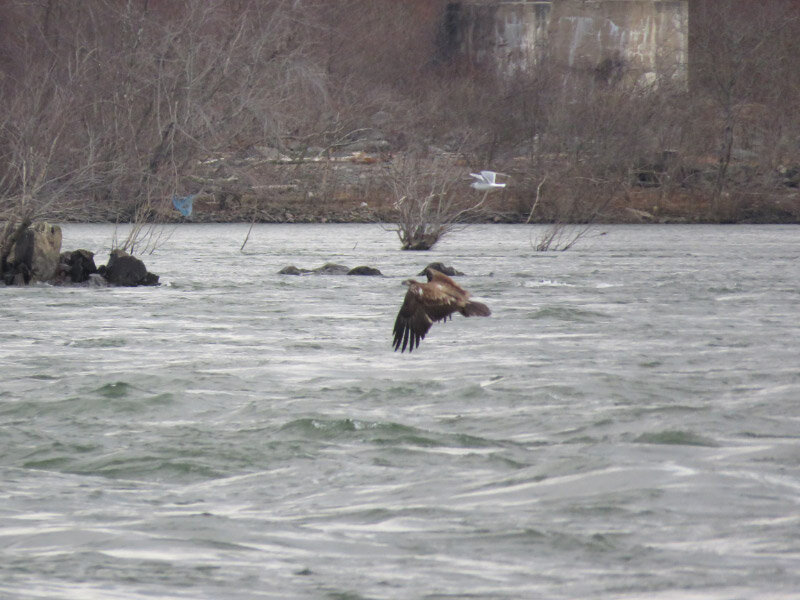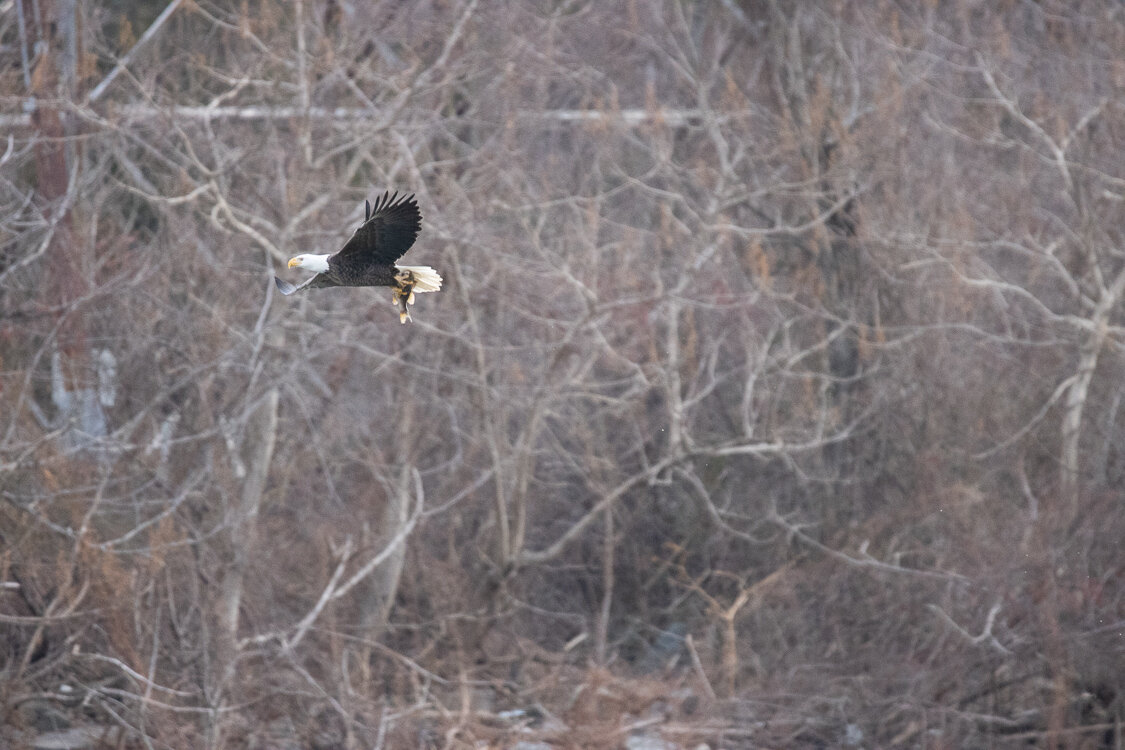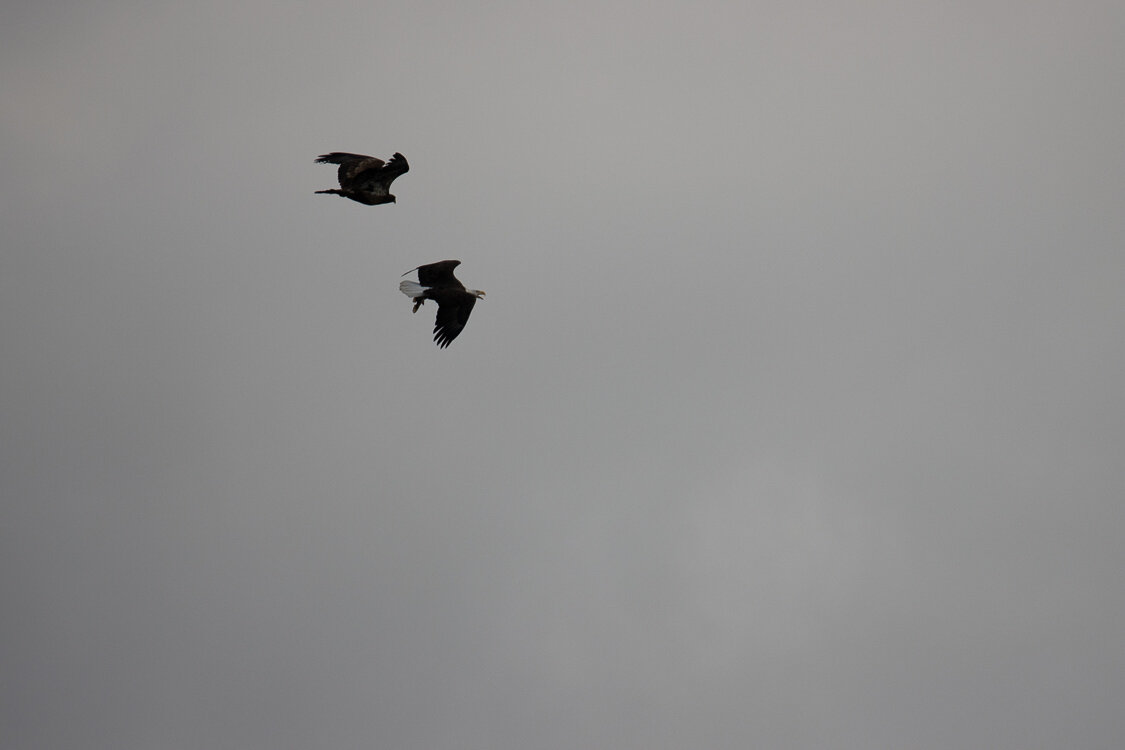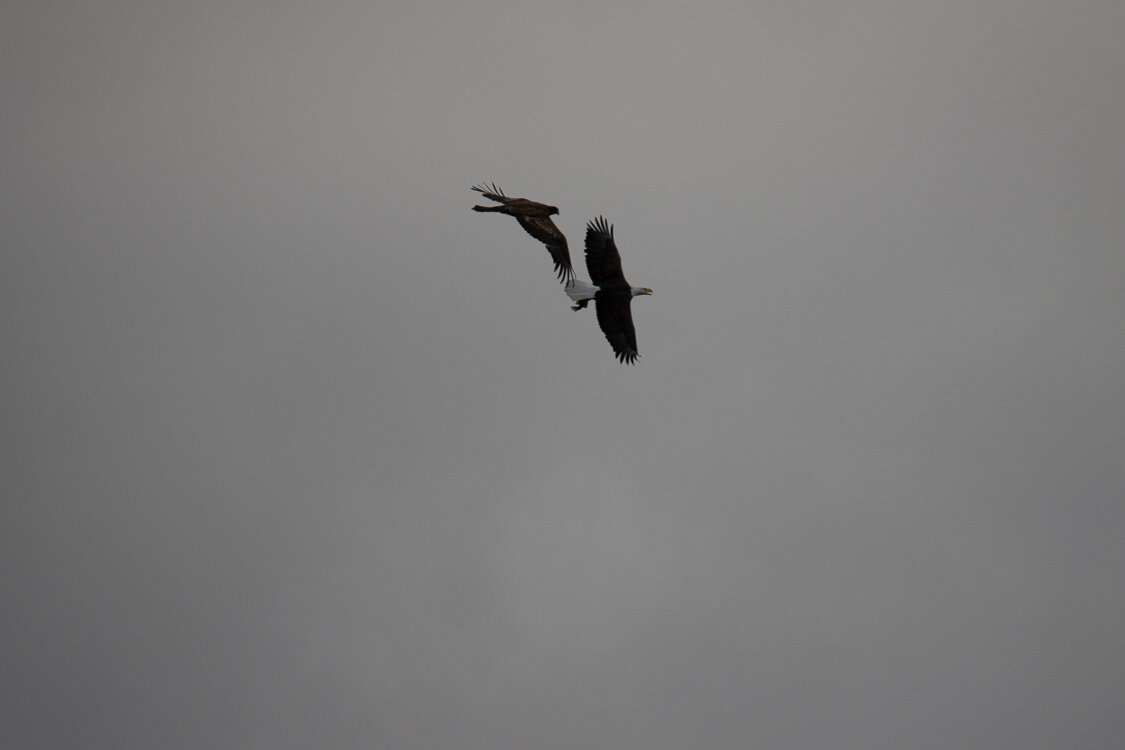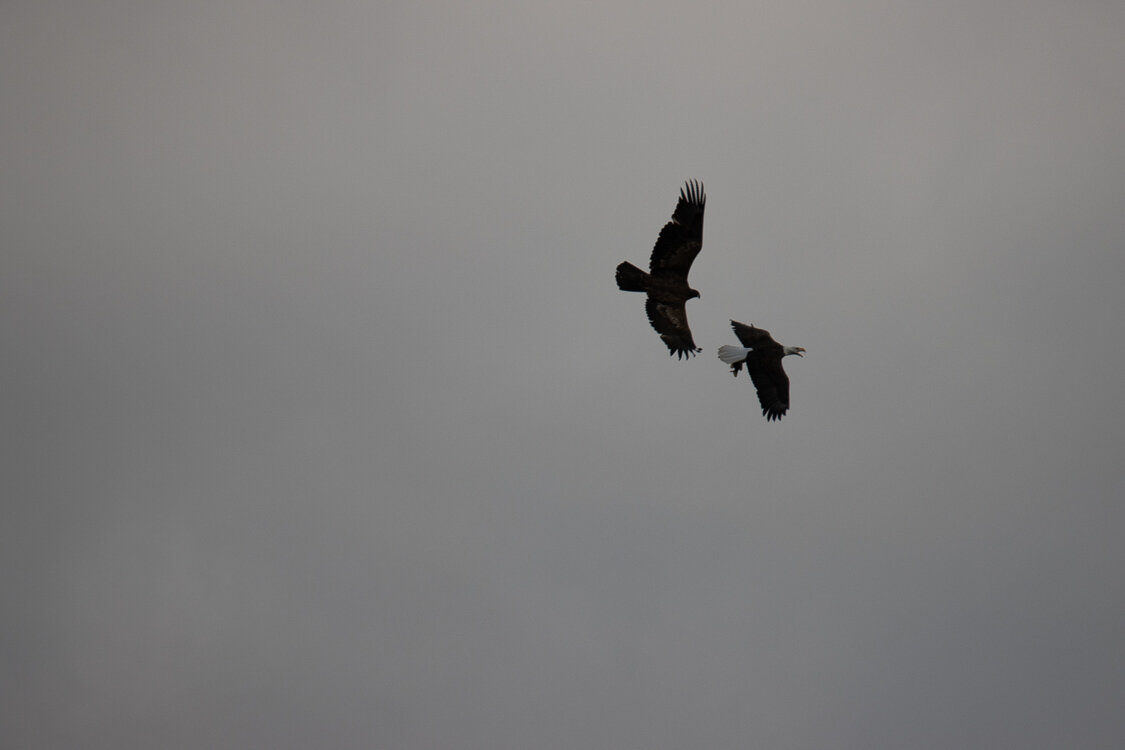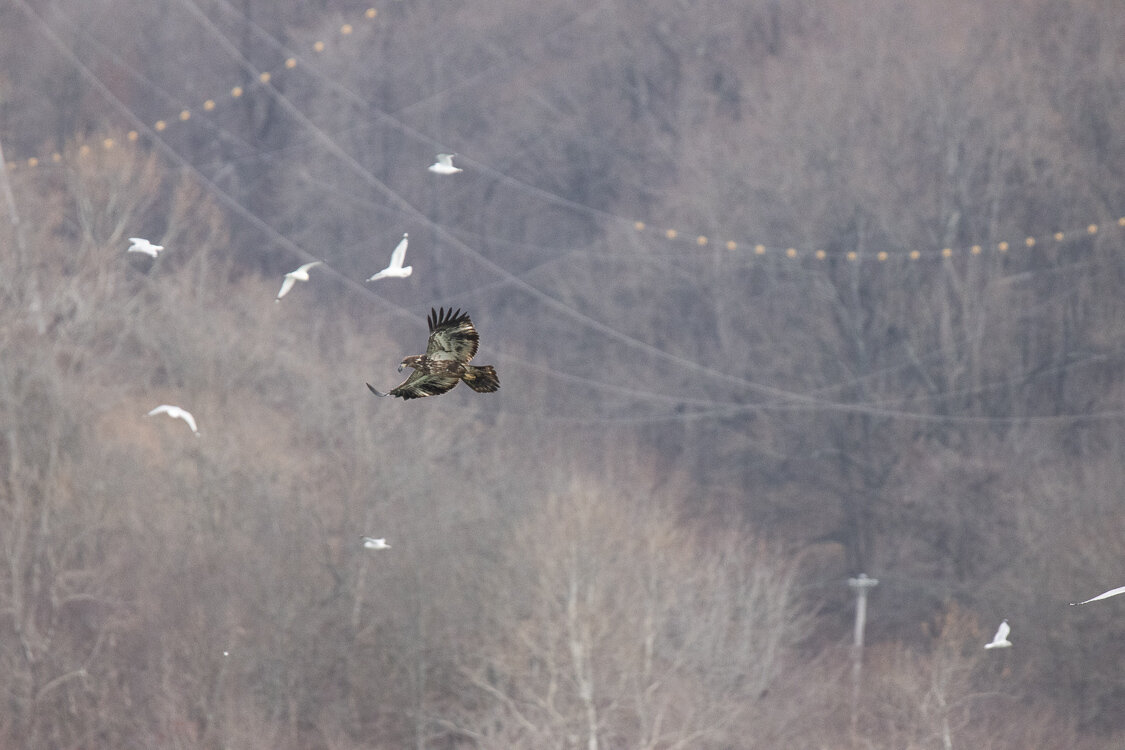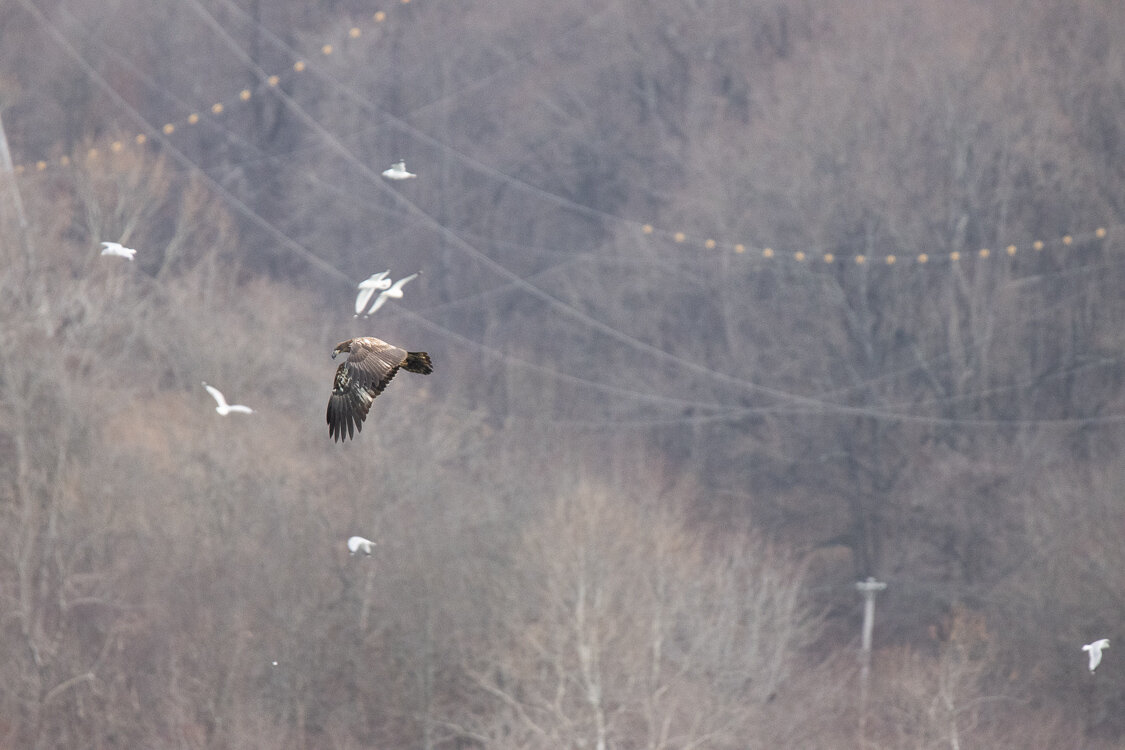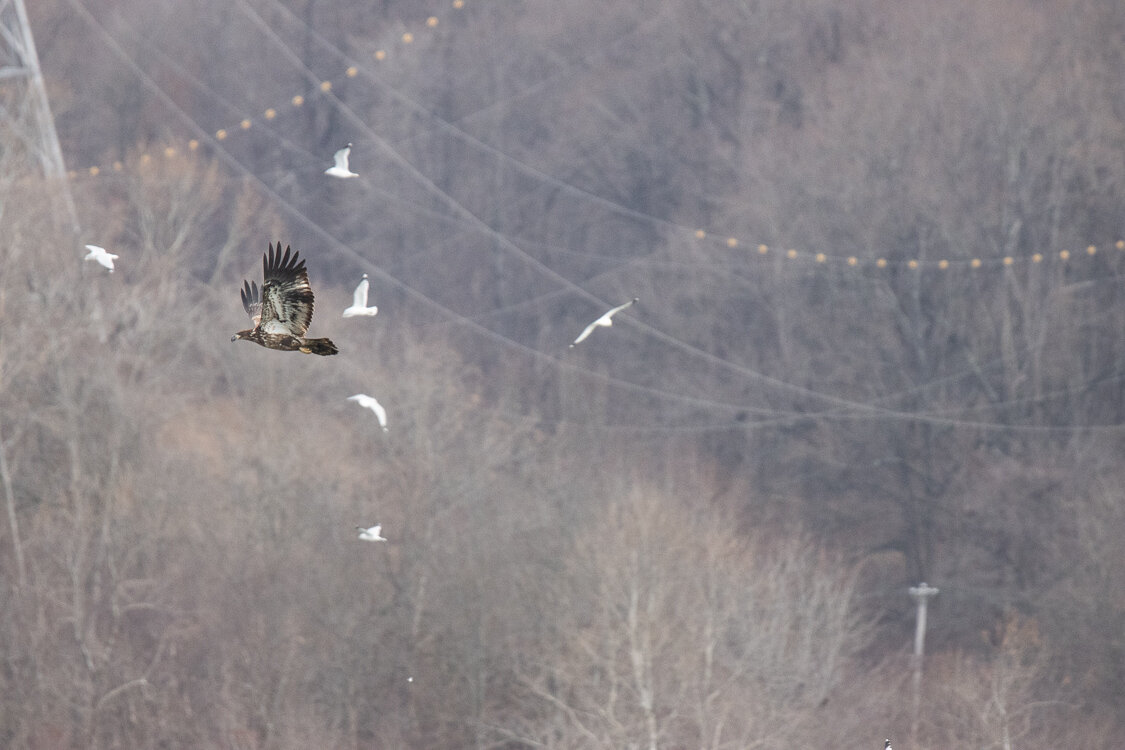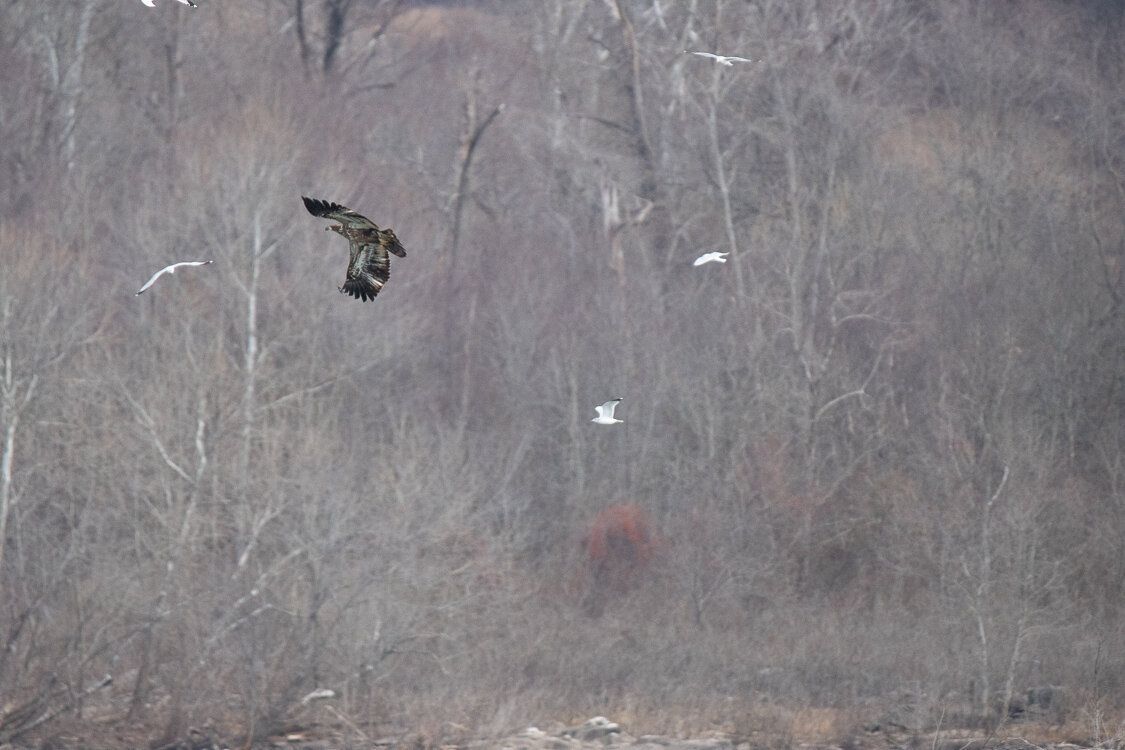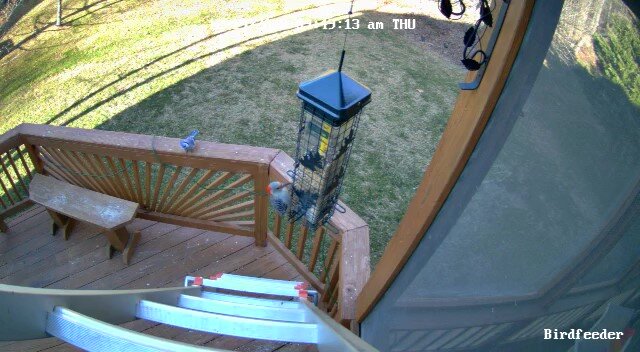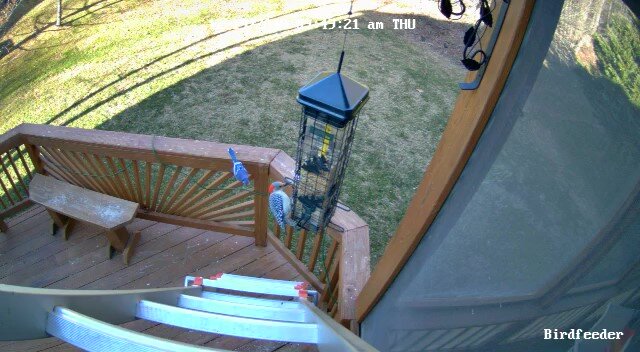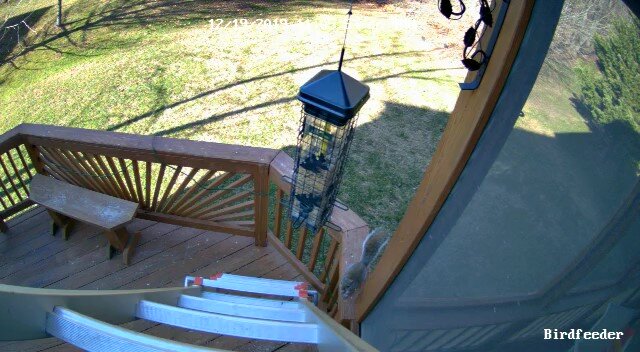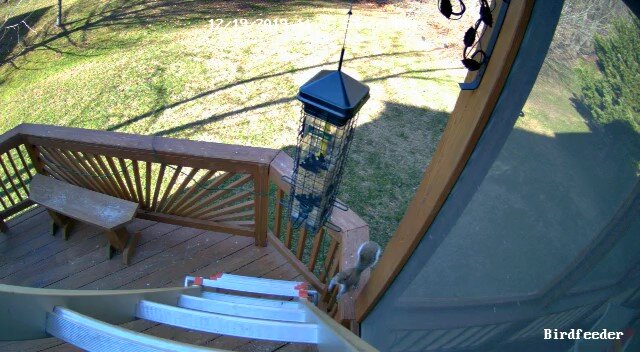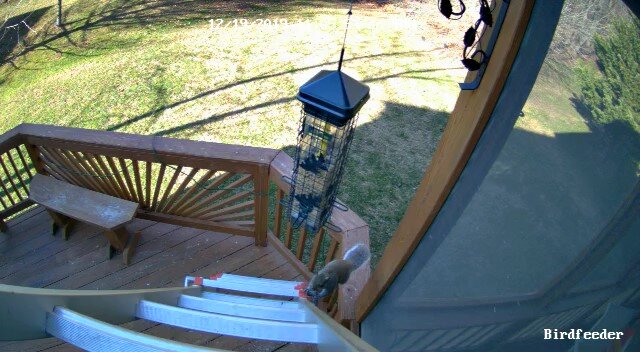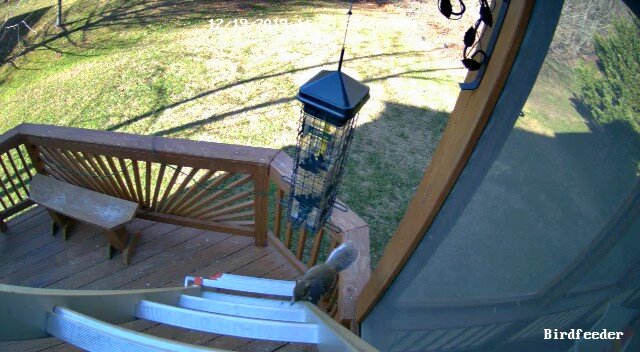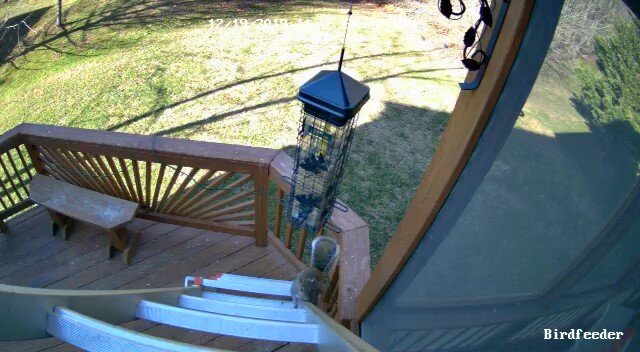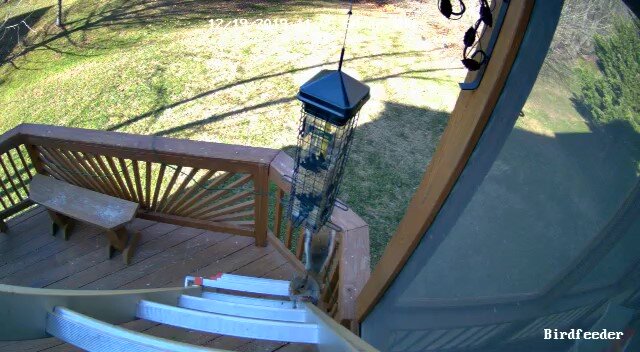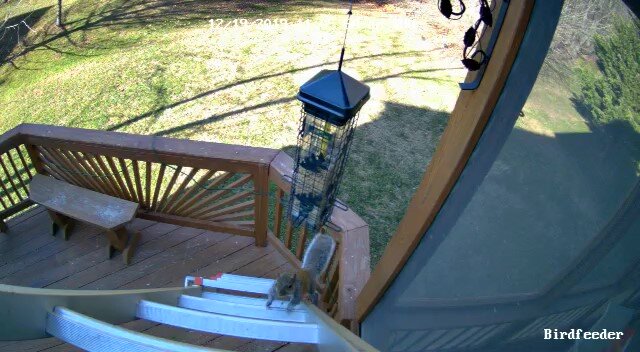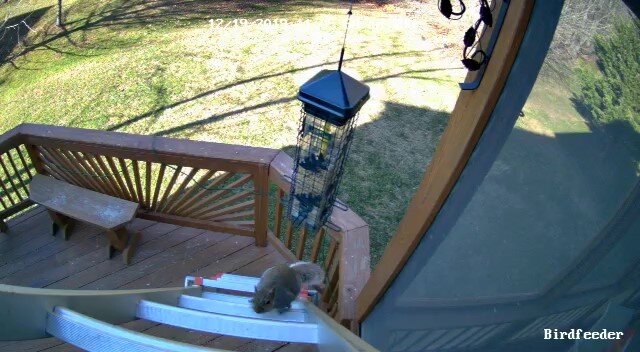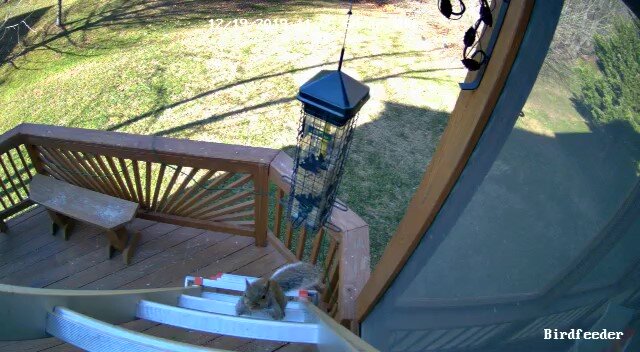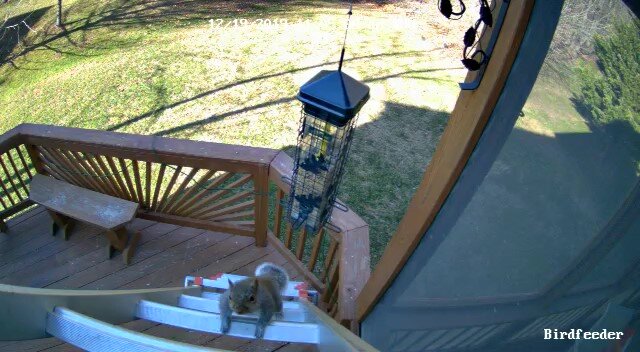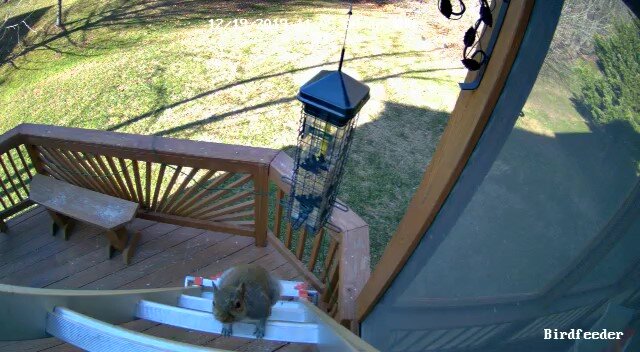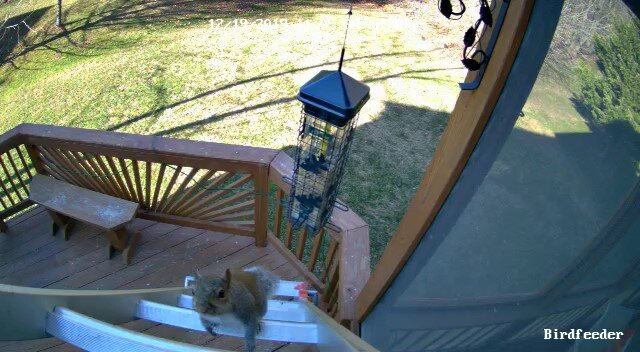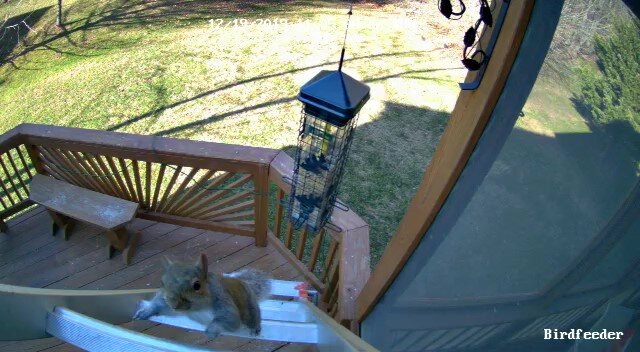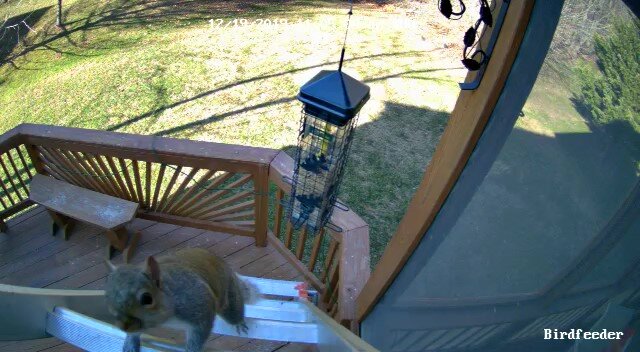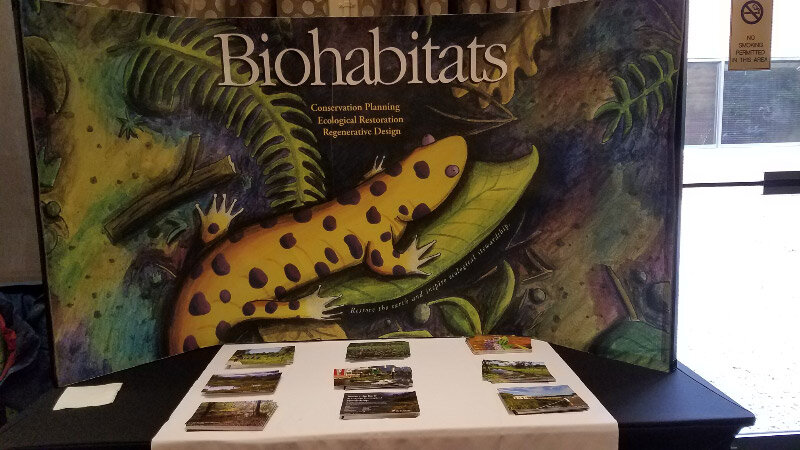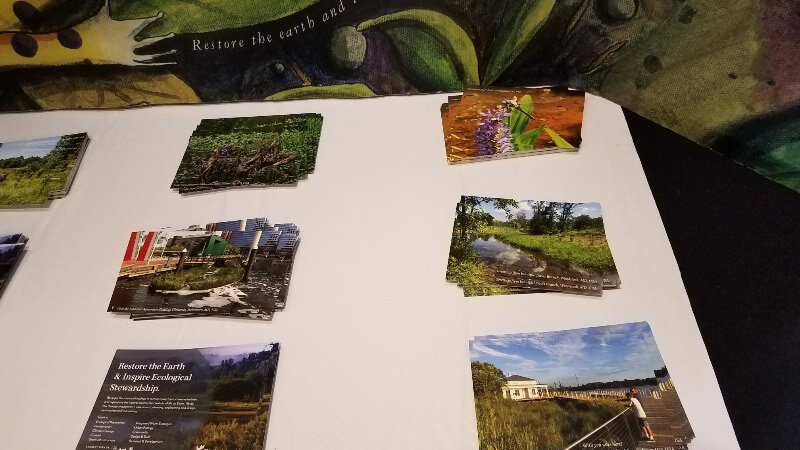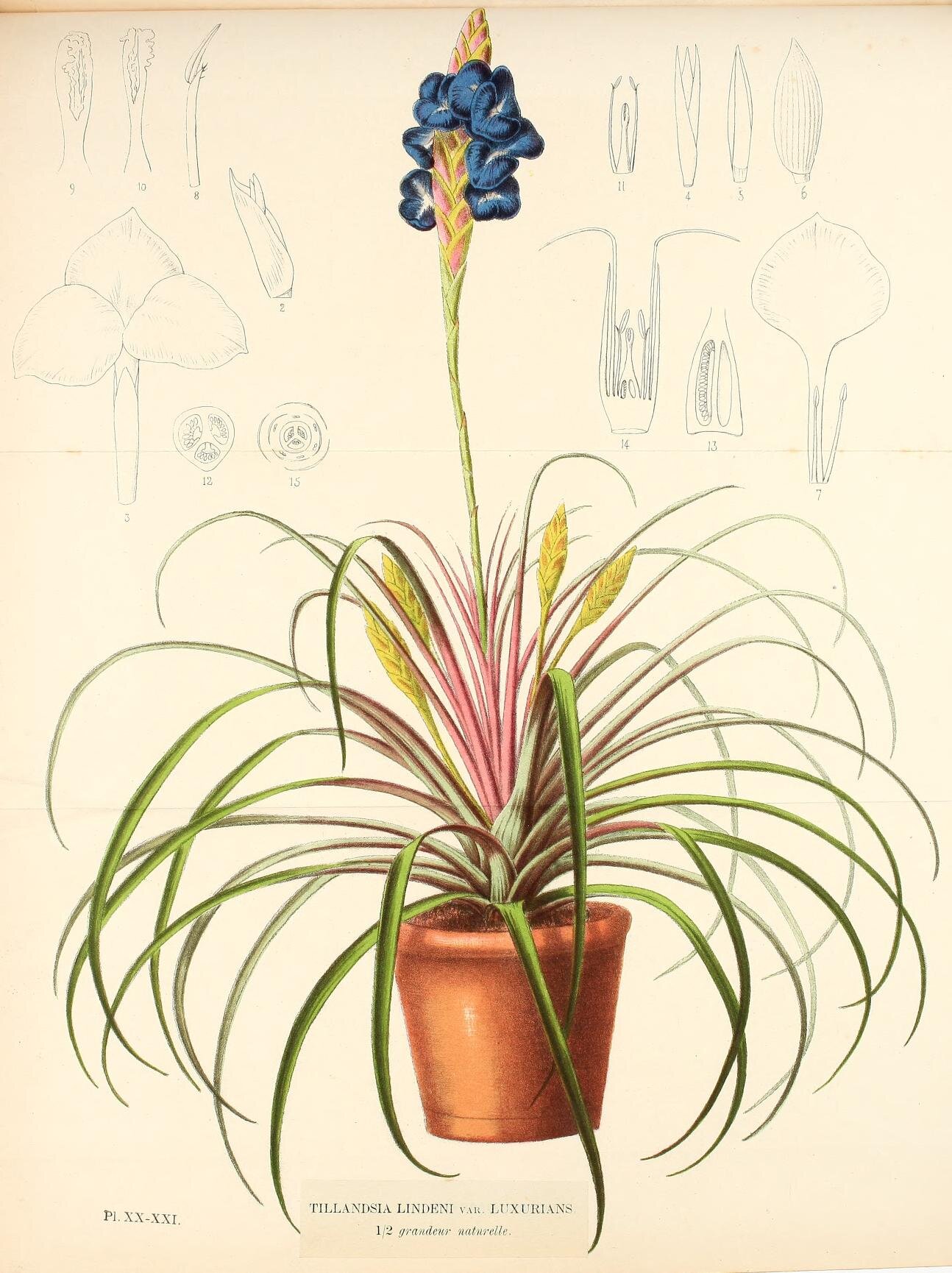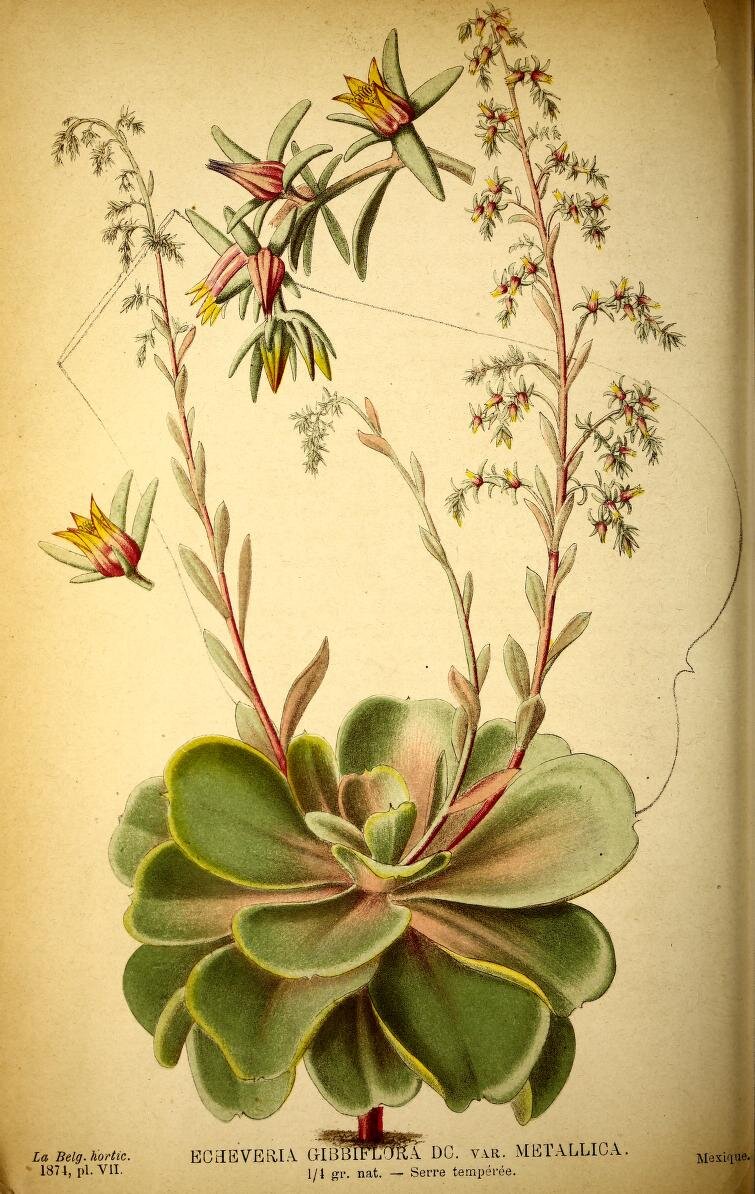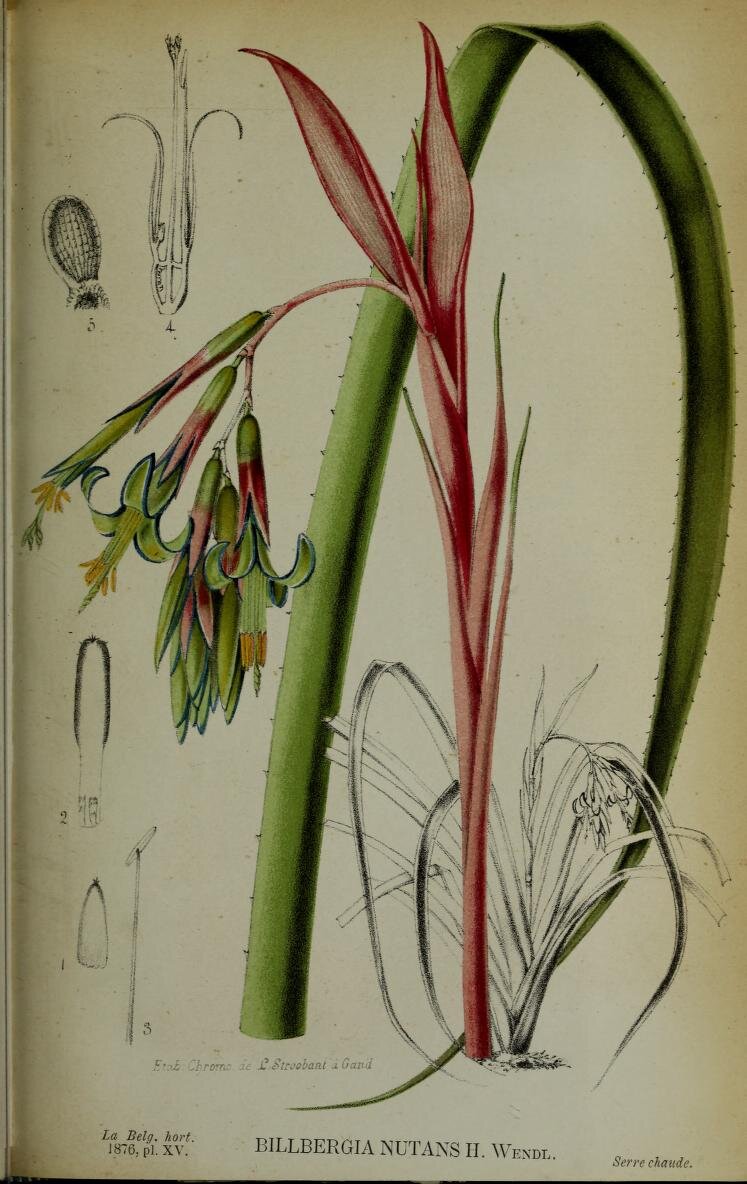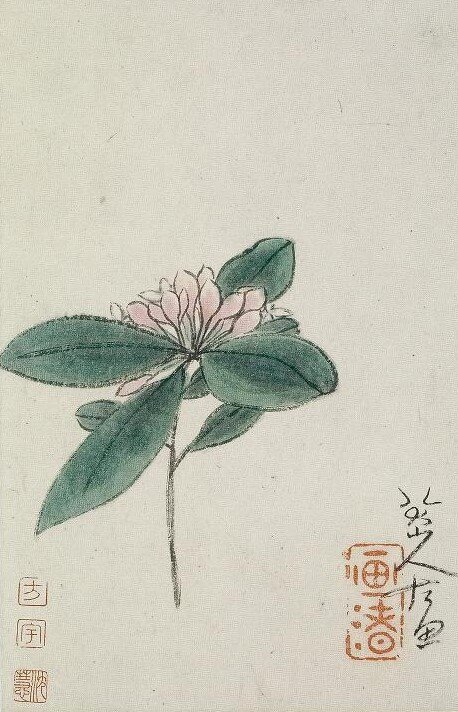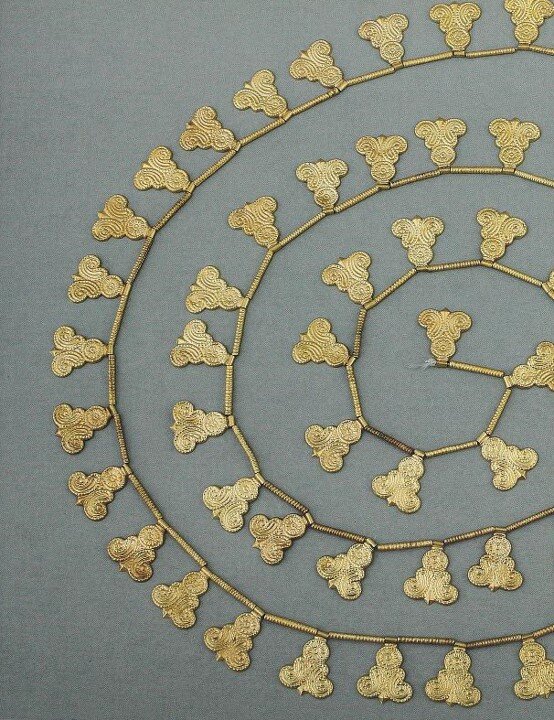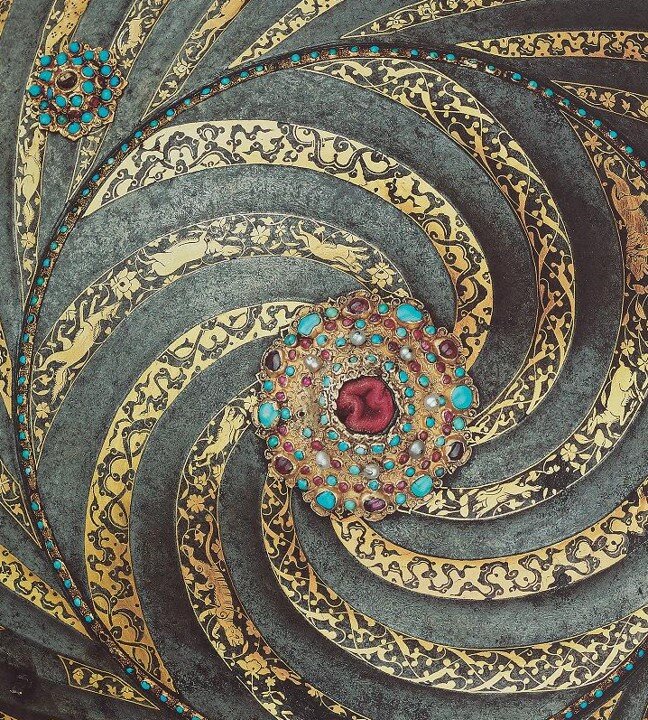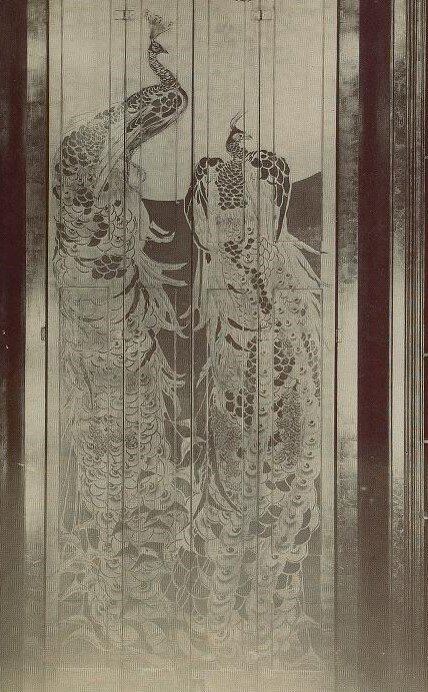La Belgique horticole : Journal des jardins V1 * Morren, Charles; Morren, Edouard * sample image * 1851
La Belgique horticole : Journal des jardins V2 * Morren, Charles; Morren, Edouard * sample image * 1852
La Belgique horticole : Journal des jardins V3 * Morren, Charles; Morren, Edouard * sample image * 1853
La Belgique horticole : Journal des jardins V4 * Morren, Charles; Morren, Edouard * sample image * 1854
La Belgique horticole : Journal des jardins V5 * Morren, Charles; Morren, Edouard * sample image * 1855
La Belgique horticole : Journal des jardins V6 * Morren, Charles; Morren, Edouard * sample image * 1856
La Belgique horticole : Journal des jardins V7 * Morren, Charles; Morren, Edouard * sample image * 1857
La Belgique horticole : Journal des jardins V8 * Morren, Charles; Morren, Edouard * sample image * 1858
La Belgique horticole : Journal des jardins V9 * Morren, Charles; Morren, Edouard * sample image * 1859
La Belgique horticole : Journal des jardins V10 * Morren, Charles; Morren, Edouard * sample image * 1860
La Belgique horticole : Journal des jardins V11 * Morren, Charles; Morren, Edouard * sample image * 1861
La Belgique horticole : Journal des jardins V12 * Morren, Charles; Morren, Edouard * sample image * 1862
La Belgique horticole : Journal des jardins V13 * Morren, Charles; Morren, Edouard * sample image * 1863
La Belgique horticole : Journal des jardins V14 * Morren, Charles; Morren, Edouard * sample image * 1864
La Belgique horticole : Journal des jardins V15 * Morren, Charles; Morren, Edouard * sample image * 1865
La Belgique horticole : Journal des jardins V16 * Morren, Charles; Morren, Edouard * sample image * 1866
La Belgique horticole : Journal des jardins V17 * Morren, Charles; Morren, Edouard * sample image * 1867
La Belgique horticole : Journal des jardins V18 * Morren, Charles; Morren, Edouard * sample image * 1868
La Belgique horticole : Journal des jardins V19 * Morren, Charles; Morren, Edouard * sample image * 1869
La Belgique horticole : Journal des jardins V20 * Morren, Charles; Morren, Edouard * sample image * 1870
La Belgique horticole : Journal des jardins V22 * Morren, Charles; Morren, Edouard * sample image * 1872
La Belgique horticole : Journal des jardins V21 * Morren, Charles; Morren, Edouard * sample image * 1871
La Belgique horticole : Journal des jardins V23 * Morren, Charles; Morren, Edouard * sample image * 1873
La Belgique horticole : Journal des jardins V24 * Morren, Charles; Morren, Edouard * sample image * 1874
La Belgique horticole : Journal des jardins V25 * Morren, Charles; Morren, Edouard * sample image * 1875
La Belgique horticole : Journal des jardins V26 * Morren, Charles; Morren, Edouard * sample image * 1876
La Belgique horticole : Journal des jardins V27 * Morren, Charles; Morren, Edouard * sample image * 1877
La Belgique horticole : Journal des jardins V28 * Morren, Charles; Morren, Edouard * sample image * 1878

